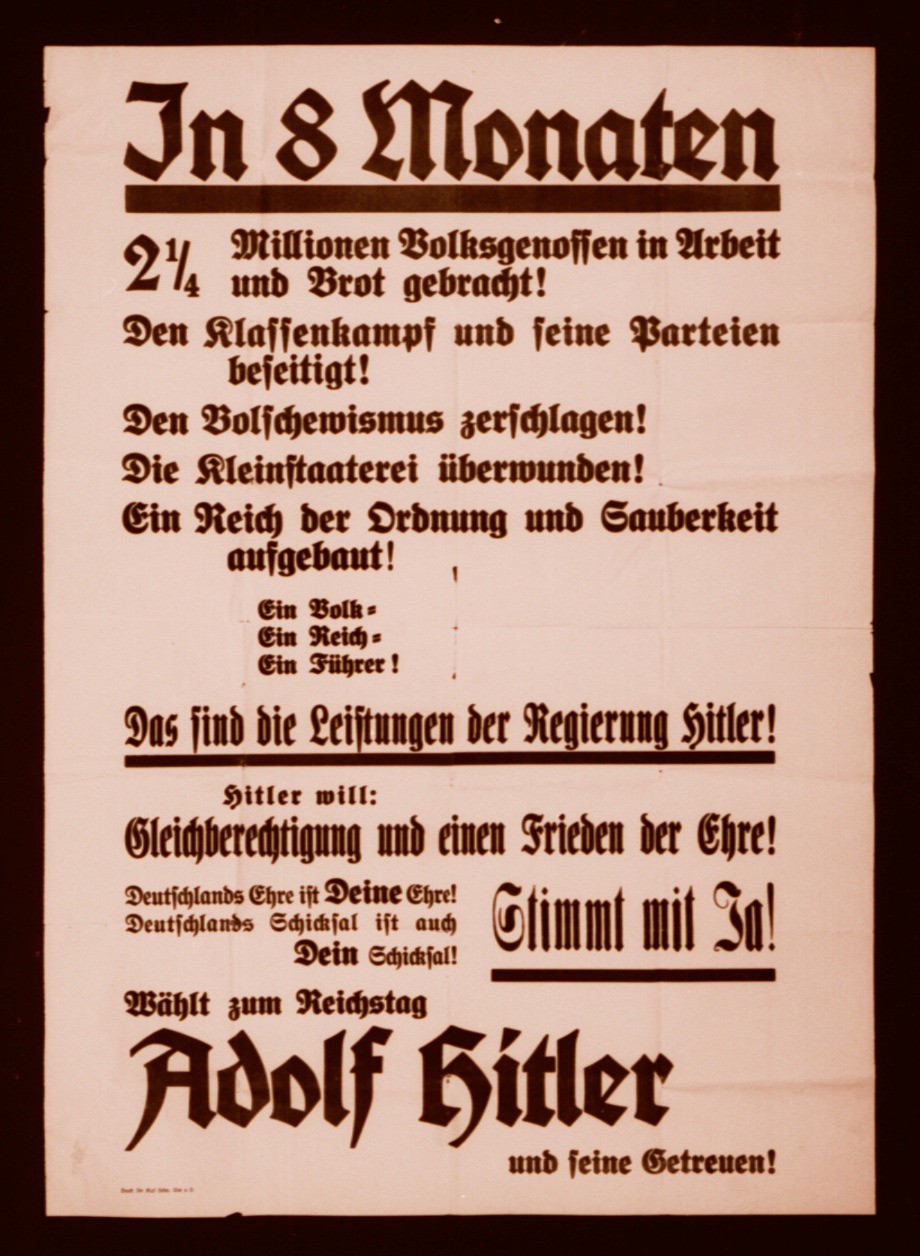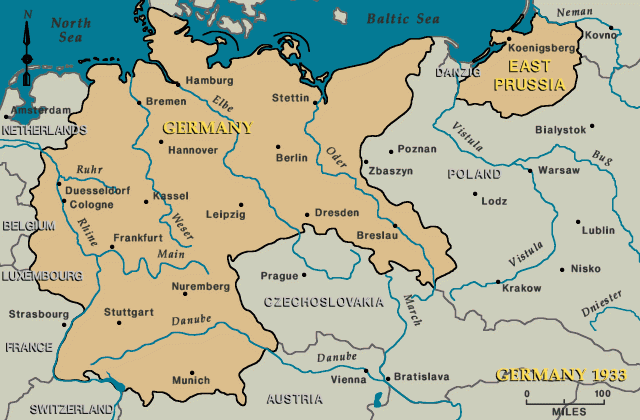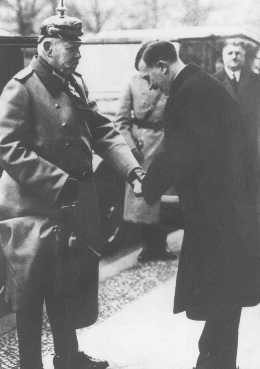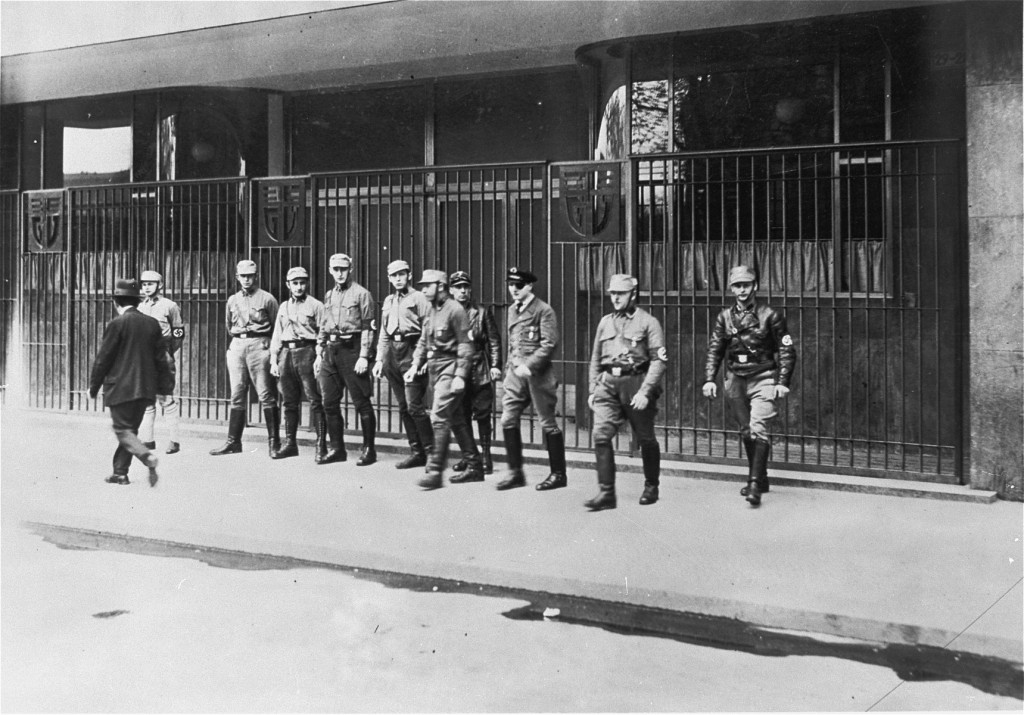
Nazi Rule
Nazi rule in Germany began with Adolf Hitler's rise to power in 1933. Hitler and the Nazi Party quickly eliminated democratic freedoms. The new regime then took control of all aspects of public life in Germany.
Adolf Hitler was appointed chancellor of Germany on January 30, 1933, and soon brought an end to German democracy. Guided by racist and authoritarian ideas, the Nazis abolished basic freedoms and sought to create a "Volk" community. In theory, a "Volk" community united all social classes and regions of Germany behind Hitler. In reality, the Third Reich quickly became a police state, where individuals were subject to arbitrary arrest and imprisonment.
On February 27, 1933, the Reichstag (German Parliament) building was destroyed by fire. Hitler used this incident to assume extraordinary powers in Germany. Constitutionally protected personal freedoms were suspended.
In March, Hitler introduced a bill that would give his government the authority to make laws without submitting them for a vote in the Reichstag. The bill, called “The Enabling Act,” passed in part because many of Hitler’s opponents had been arrested and could not vote.
In the first months of his chancellorship, Hitler began a concerted policy of "synchronization," forcing organizations, political parties, and state governments into line with Nazi goals and placing them under Nazi leadership. Culture, the economy, education, and law came under greater Nazi control. Trade unions were abolished and workers, employees, and employers were forced into Nazi organizations. The Nazi Party became the only political party permitted in Germany. The Reichstag became a rubber stamp for Hitler's dictatorship. Hitler’s will became the foundation for government policy.
The appointment of Nazi Party members to government positions increased Hitler's authority over state officials. A purge of the Storm Trooper (SA) leadership and other supposed opponents, known as the “Night of the Long Knives,” won Hitler greater support from the army. According to the Nazi Party's leadership principle, authority flowed down from above and absolute obedience towards one's superior was expected at each level of the Nazi hierarchy. On August 2, 1934, President Hindenburg died. Hitler was the leader of the Third Reich.
